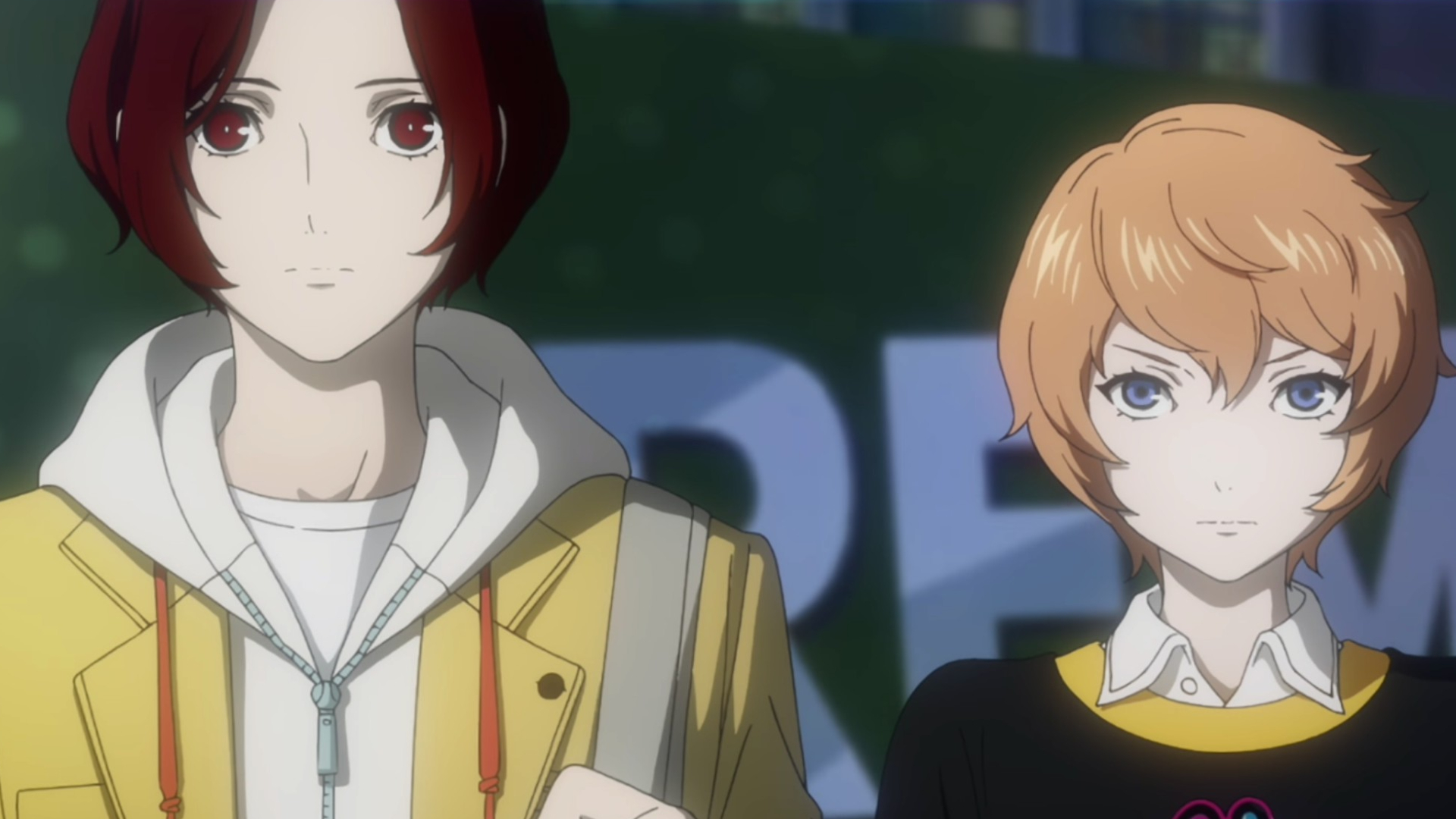I consider myself an insufferable Persona 5 fan, but even I’m beginning to tire a little of the Phantom Thieves. If there’s one thing Atlus knows how to do, it’s milk the ever-loving god out of a videogame, which I presume is how we ended up here: Persona 5: The Phantom X, a gacha game co-developed alongside Perfect World subsidiary Black Wings Studio.
What is it? A new band of Phantom Thieves in a gacha’d-up JRPG.
Release date [June 26, 2025]
Expect to pay Free-to-play
Developer Atlus, Sega, Perfect World
Publisher Sega
Reviewed on Nvidia GeForce RTX3070, AMD Ryzen 9 3900XT, 32GB RAM
Steam Deck Playable
Link Official site
It’s bizarre, because The Phantom X looks like Persona 5 (and sure does play like Persona 5) until I dare to delve a couple menus deep and its iconic stylised UI starts to drown in all the information-dense gacha nonsense I have a love-hate relationship with.
Yet, despite my exhaustion with the setting and all-too familiar formula, I gotta admit: The Phantom X is pretty freakin’ good.
Take your time… again
After all, it really is much of the same. If it ain’t broke, don’t fix it, yada yada. Hell, the game even opens with the same cutscene as the original game, albeit with a couple visual tweaks to transition it nicely into its gacha counterpart.
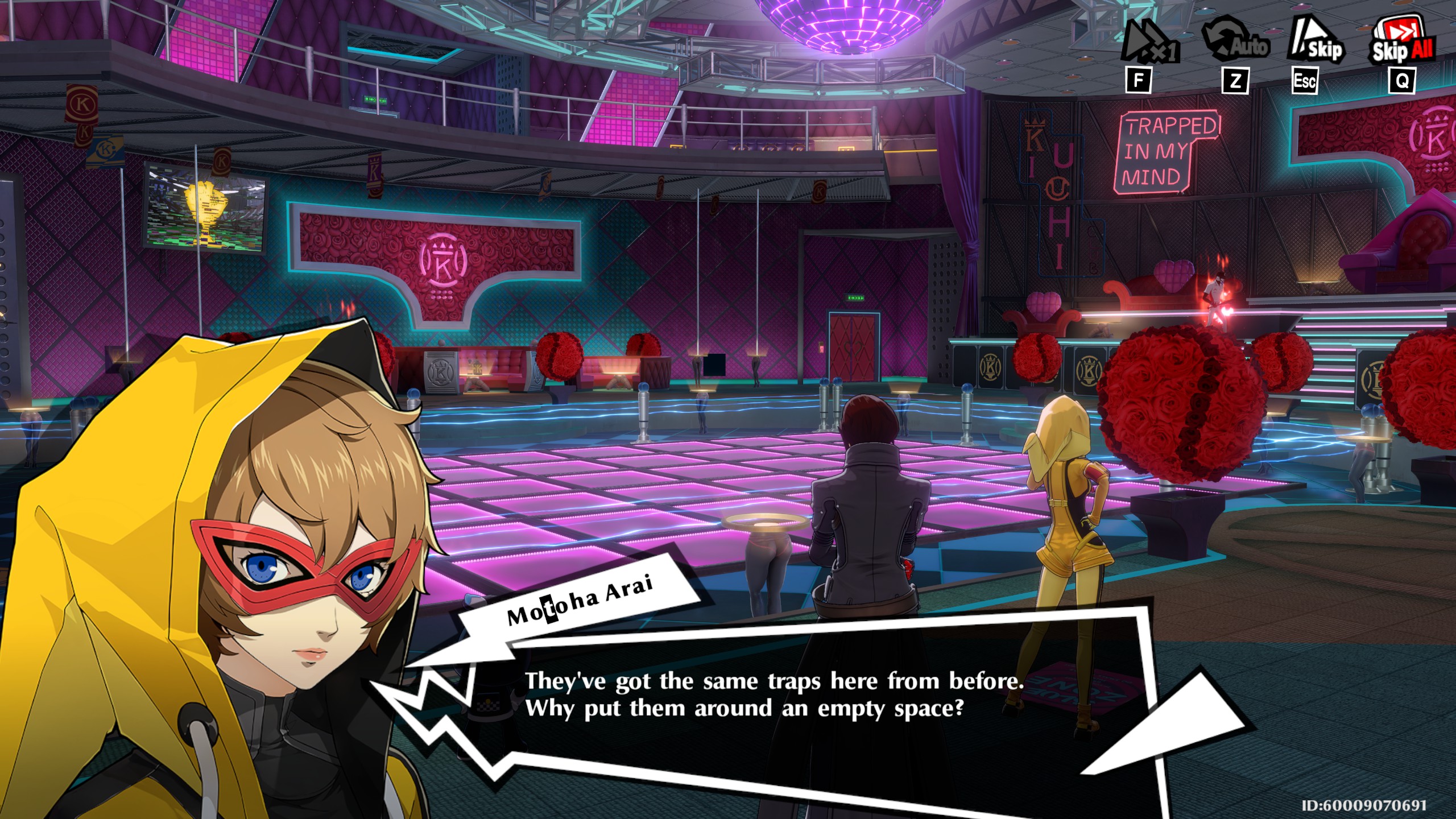
There’re palaces to explore, Mementos to dive into, personas to fuse, bonds to form, social stats to grow, and calling cards to send as… once again, the Phantom Thieves. Though with a different cast of high schoolers to take up the mantle this time.
Even when The Phantom X does things differently, it’s more a switchout than something brand-new. The obligatory animal sidekick is now an owl named Lufel—who also hangs around in your school bag and accompanies you to every place you visit—while Shujin Academy has been sacked in favour of Kokatsu Academy.
This made the opening hours of The Phantom X a little frustrating for me, as someone who has sunk hundreds of hours into the original JRPG across half a dozen playthroughs. It covers a lot of old ground, and it doesn’t help that the first several hours of the game are spent with what is one of the corniest villains to ever be mistakenly promoted from sidequest fodder to big bad.
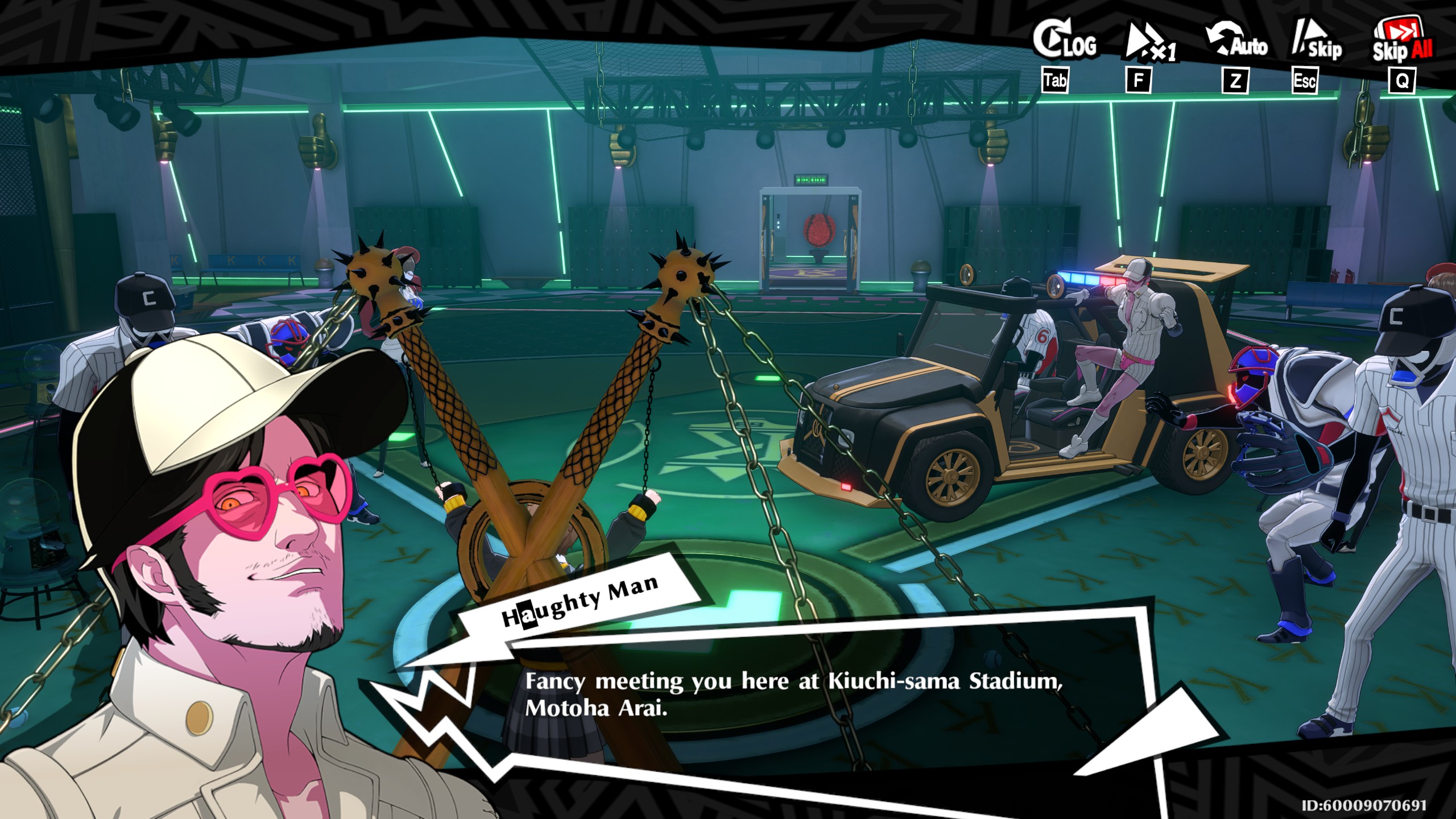
Thankfully, The Phantom X keeps things interesting enough with its new band of rag-tag rebels, even if their stories mostly backtracks over Persona 5’s main narrative beats. Protagonist Wonder is a similar blank slate to heroes of Persona past, but they’re joined by the likes of spunky baseball prodigy Motoha Arai, standoffish foodie Shun Kano, and disciplined class president Riko Tanemura.
Motoha in particular absolutely carries the early story, connecting her narrative to the first boss (which prevents it from being a total flopfest) and giving her plenty of establishing plot to make me care about her by the time her persona awakening comes around, something not always necessarily afforded to the first recruit in this series.
Something especially interesting about The Phantom X, however, are the Phantom Idols: characters that aren’t canonically Phantom Thieves or persona users, but are manifested as such through the protagonist.
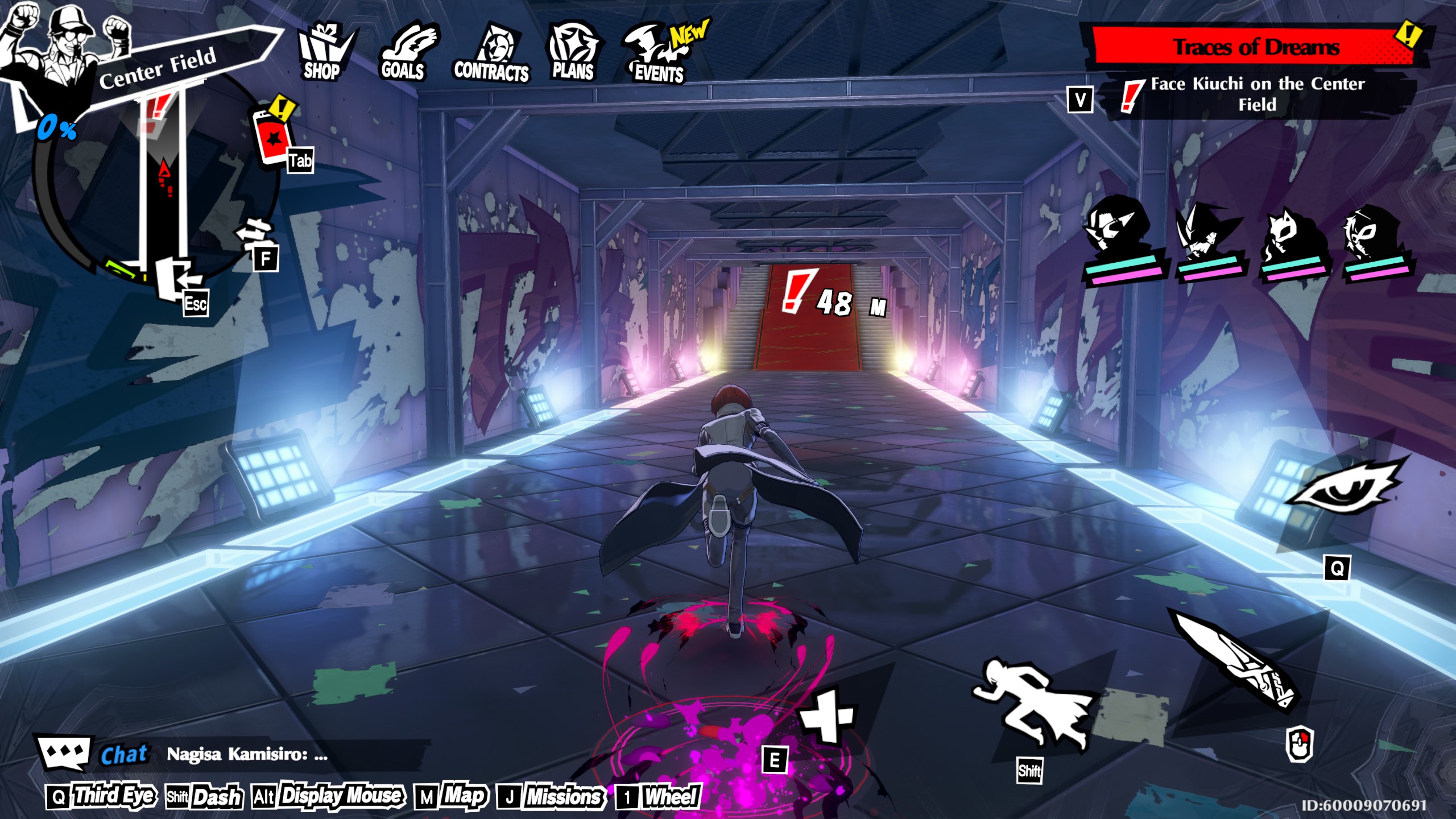
It’s essentially The Phantom X’s way of being able to gacha itself up without having to narratively tie every single banner to the story, and I think it’s the perfect way to do it. It certainly helps that the game at least attempts to make sure you’re clued up on these people, or give you the opportunity to know them more.
The Phantom Idols are mostly side characters I was already encountering out in the world, like exchange student Yaoling Li or even Motoha’s best friend Tomoko Noge. Not only is it a relatively easy way to dump new characters into an ever-growing gacha pool, it also allows the game to do something I’m really fond of: turning not-teenagers into persona users.
I’ve already got a massive weak spot for Kayo Tomiyama—a 44-year-old housewife whose vocab is still chock with painfully old lingo, remnants of her former life as a gyaru which we get to see in her Phantom Idol design. It goes the other way, too, like ultra smart 10-year-old Haruna Nishimori. And they’re not in the game right now, but future updates should see new recruits like the 75-year-old Chizuko Nagao, who I am unbelievably excited for.
Steal your heart (and your wallet)
Both Phantom Idols and Phantom Thieves are put to use in classic Persona combat. Turn-based, weakness exploitation, and a modified Once More system that has selected characters doing an automatic follow-up attack instead of Persona 5’s more manual skill selection. It’ll be a familiar system to veterans, and it feels just as good here as it does in its more traditional JRPG format.
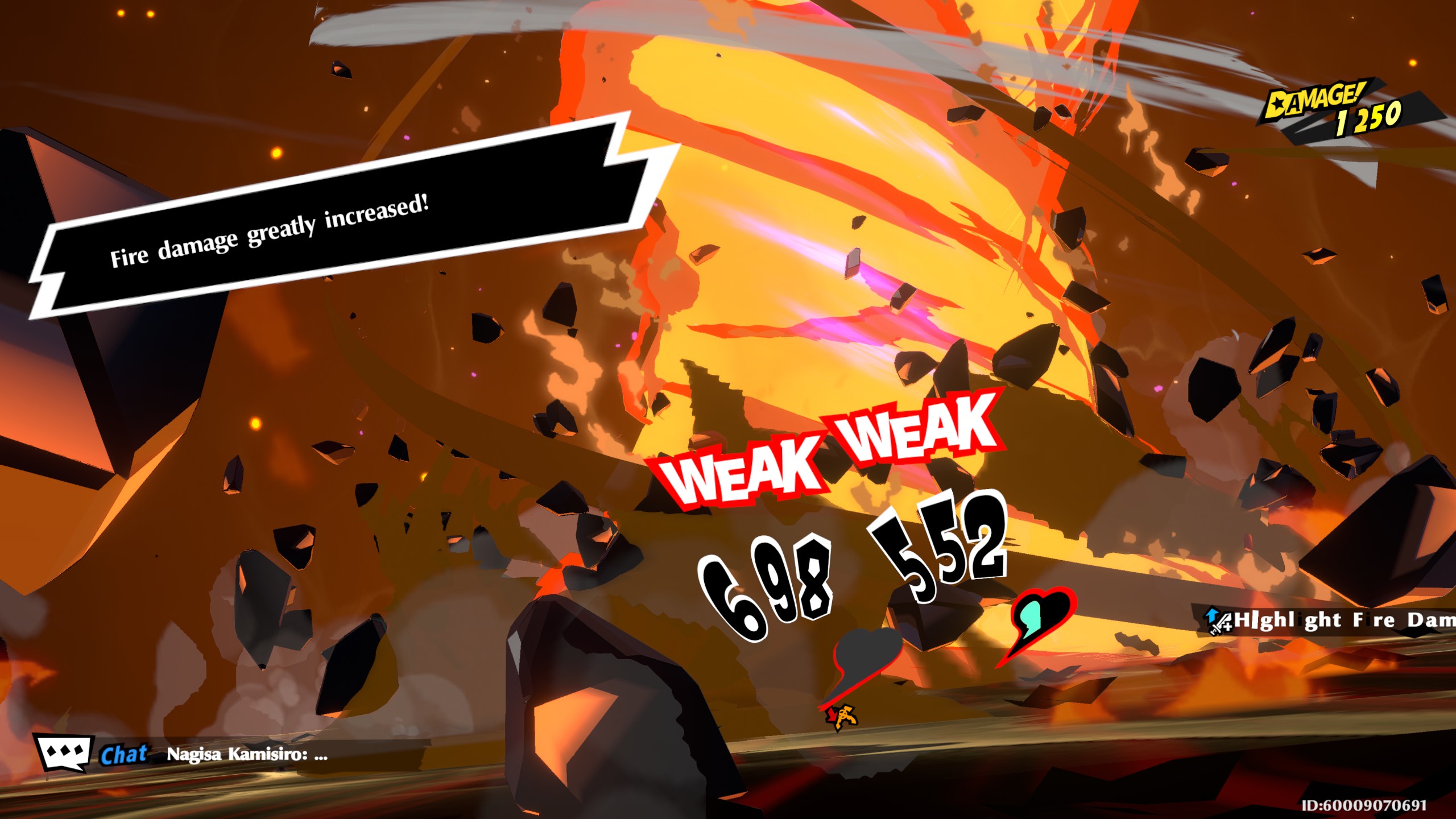
Battles can be played out manually or sped through and auto-played similarly to Hoyoverse’s Honkai: Star Rail. I found myself fighting a lot, so it was a handy tool to get through some of the more sluggish fights and power through my dailies.
That’s because combat is tied to most of The Phantom X’s more gachafied systems, of which there are a staggering amount. There are a dozen different currencies for all manner of progression. Want to level up characters? Spend your stamina on one fight. Want to upgrade your weapons? That’ll be more stamina spent in a different fight.
There are also more challenging modes for me to flex my built-up characters: Velvet Trials throw all manner of strong shadows my way, with my performance usually scored based on how quickly I can end the fight and do it with relatively little damage to my own squad. Some of them have special effects that run throughout each battle too, like gaining stacks of buffs every time I hit a weakness, or increasing specific elemental damage.
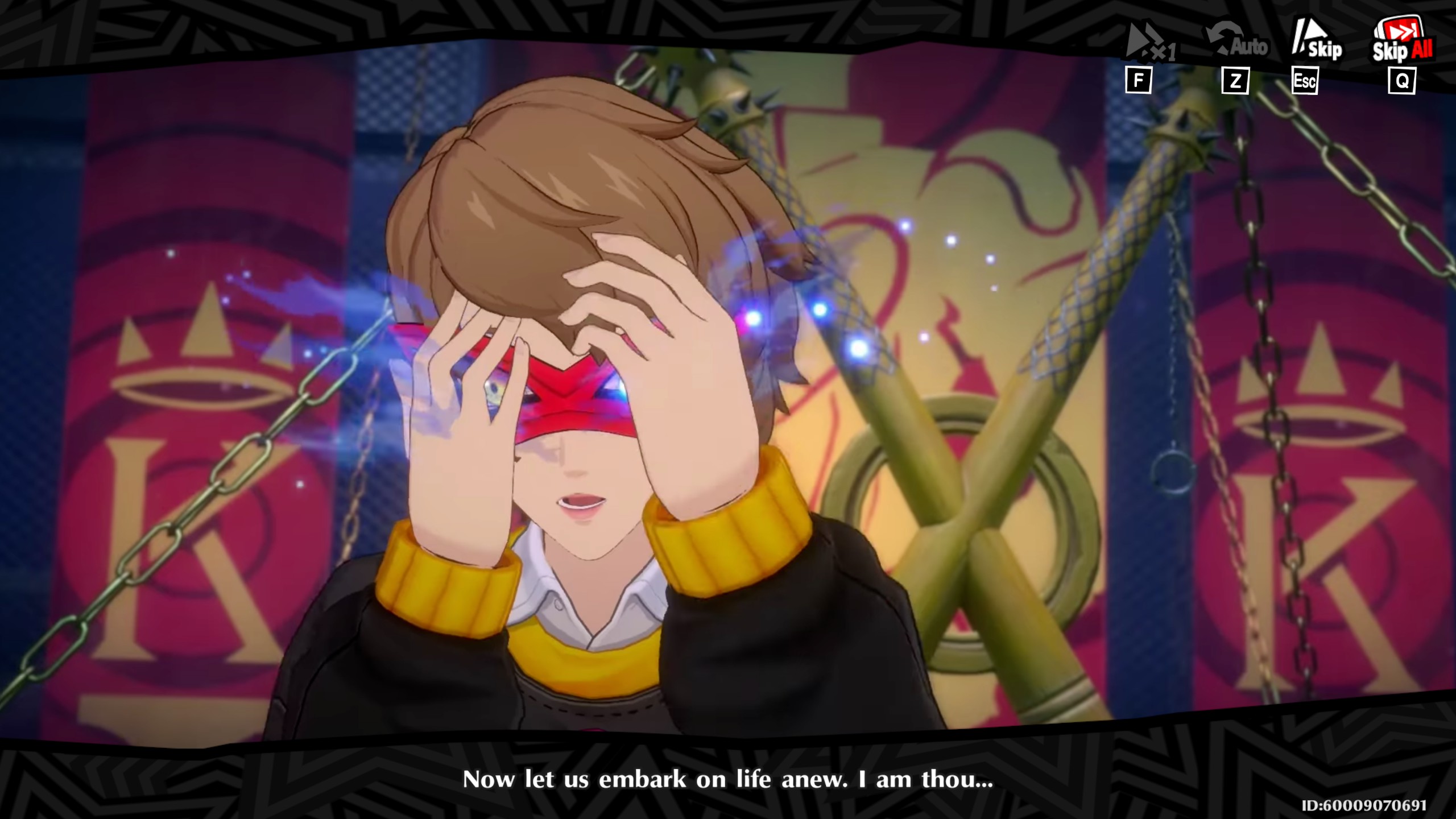
Not to harp on too much about Honkai: Star Rail, but the two feel very much the same in this regard, so if you have any experience in Hoyoverse’s turn-based JRPG, you should feel fairly comfortable with its battle mode overload. If you don’t, though (or like me you’ve been out of those trenches for a hot sec), The Phantom X throws an awful lot at you very quickly and it’s a touch on the overwhelming side.
The sheer density of it—combined with the fact that The Phantom X lacks any sort of calendar or narratively time-sensitive scenarios—does mean that it takes a while to figure out the flow. All of the different modes, quests, and other options are tucked away in a myriad of menus and it took me a few days just to figure out where everything actually was and how I should structure each of my play sessions.
Days are still broken up into parts, but I can freely zip between times to complement whatever goal I’m trying to achieve. If I need to spend my action points, for instance, I can skip to the afternoon to up my social links and work part-time jobs.
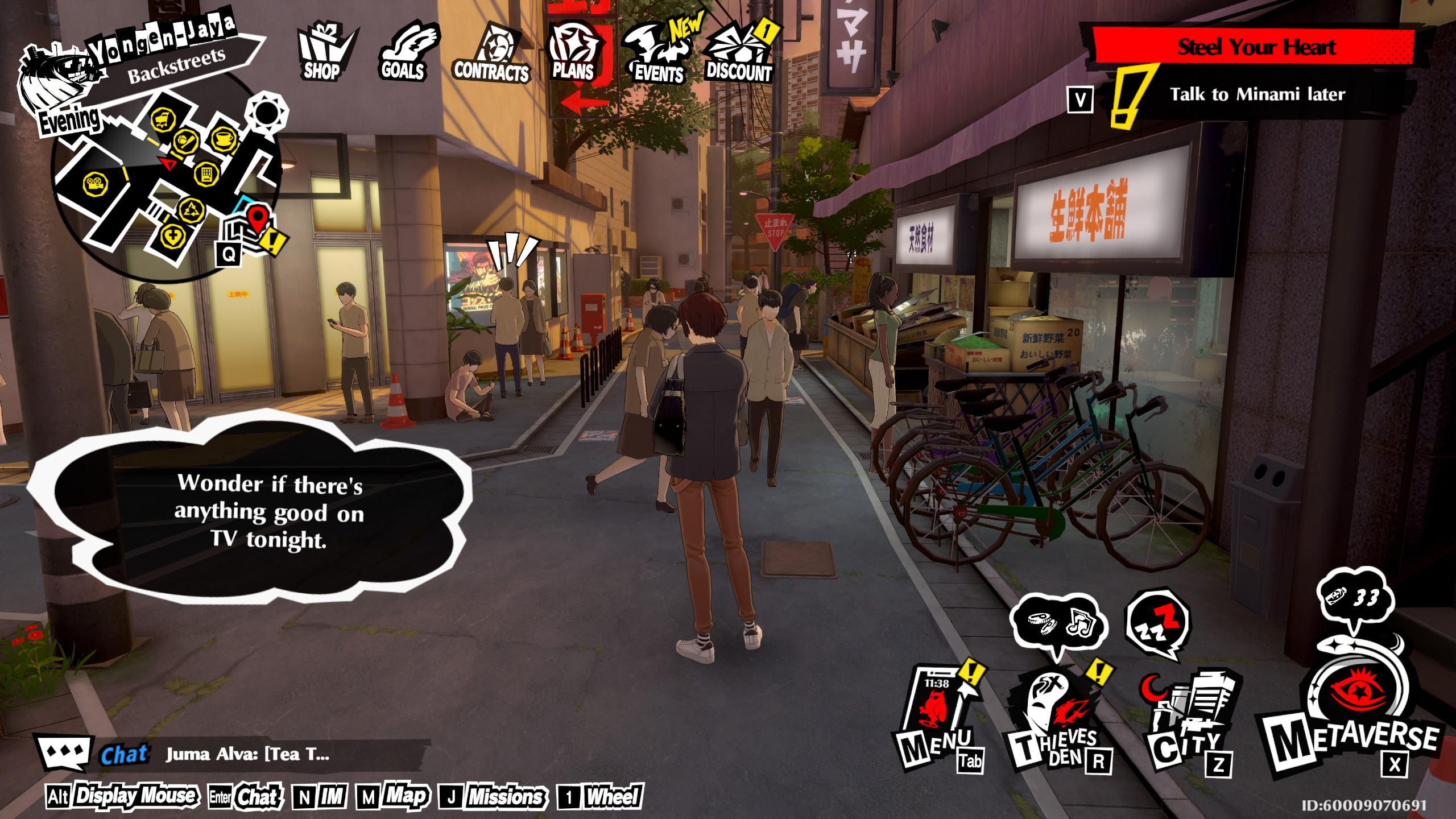
Side quests that require specific times or weather conditions let me freely jump ahead, too, almost removing the need to have that requisite in the first place. It’s incredibly convenient, which I ultimately prefer, but I do miss some of the more rigid scheduling I’ve become accustomed to.
Once I was able to dig beneath all that gacha BS (I say that endearingly, as someone who is forever imprisoned by at least one of these monsters at any given time), it ultimately became more of the Persona I knew and loved.
Would I prefer a Persona 6, or anything that doesn’t involve some gang of Phantom Thieves? Sure, but The Phantom X has mixed it up just enough to stave off that weariness I’ve been feeling for a bit longer.
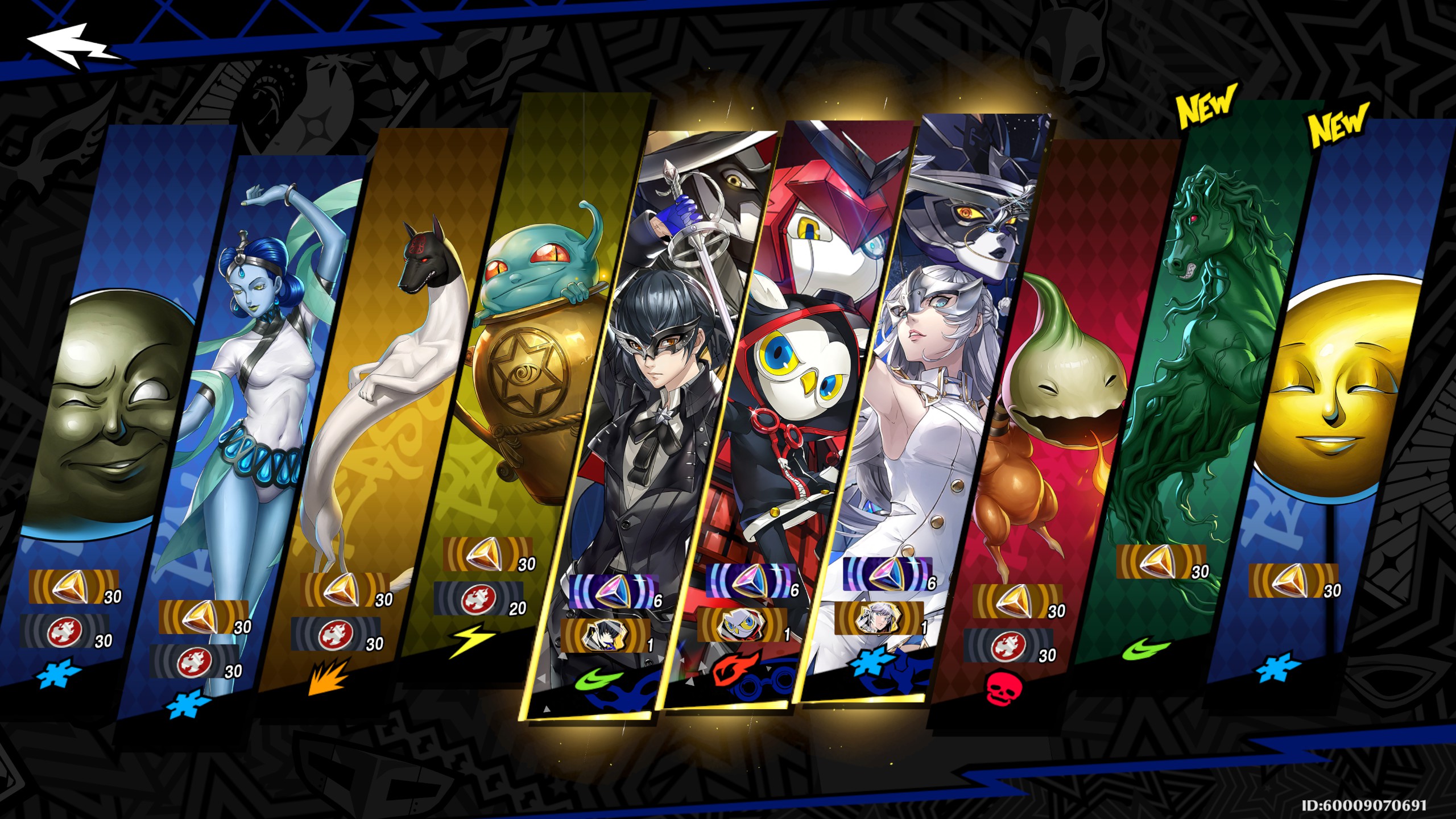
Swapping out the OG squad for a new cast of strong, well-written characters keeps things feeling fresh. They don’t feel underbaked or like they were purely designed to push monetisation, and certainly wouldn’t feel below par if they’d been starring in a full-price Persona entry instead.
And once all of the Persona 5 nostalgia bait and questionable first villain subsides, The Phantom X begins folding more of its cast into a far more interesting story (with better-written villains to root against). I’m still navigating my way through it, but I’ve really been appreciating the way it tries to explore themes around apathy and the loss of desire, rather than the ‘rotten adults’ throughline of Persona 5.
If you’re looking for something new, you’re certainly not going to find it in The Phantom X. But if you’re cool with gacha games and are down to see a different set of Phantom Thieves, this game’ll carry you through at least a few months of fun. Budget-friendliness depends on you, of course.
